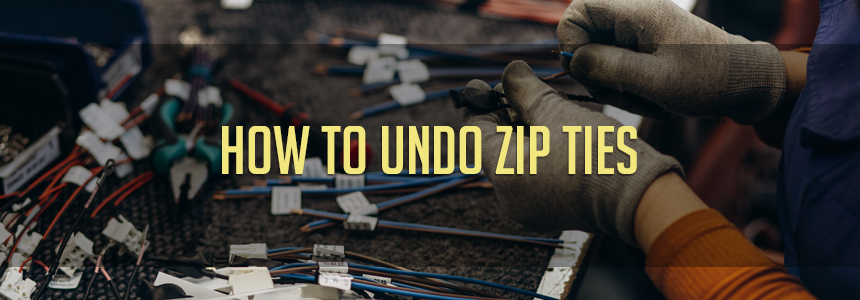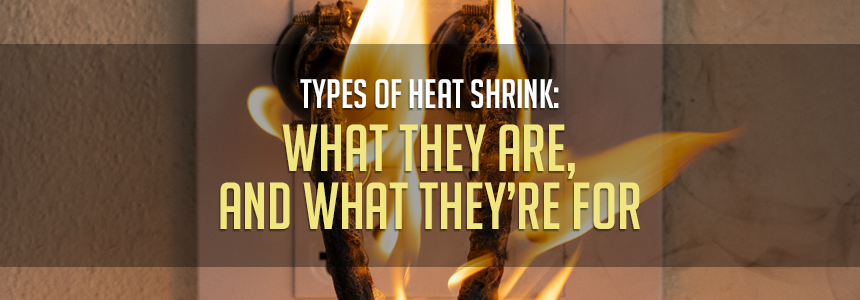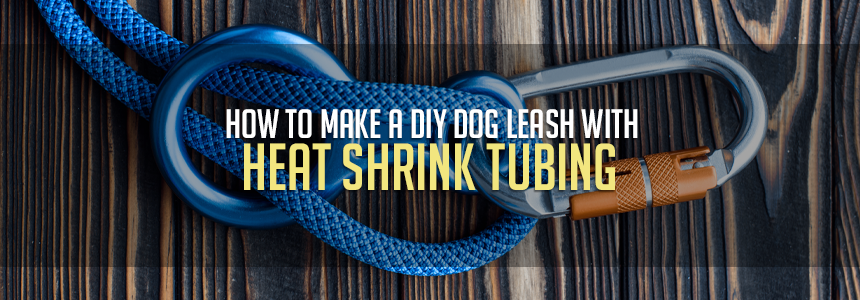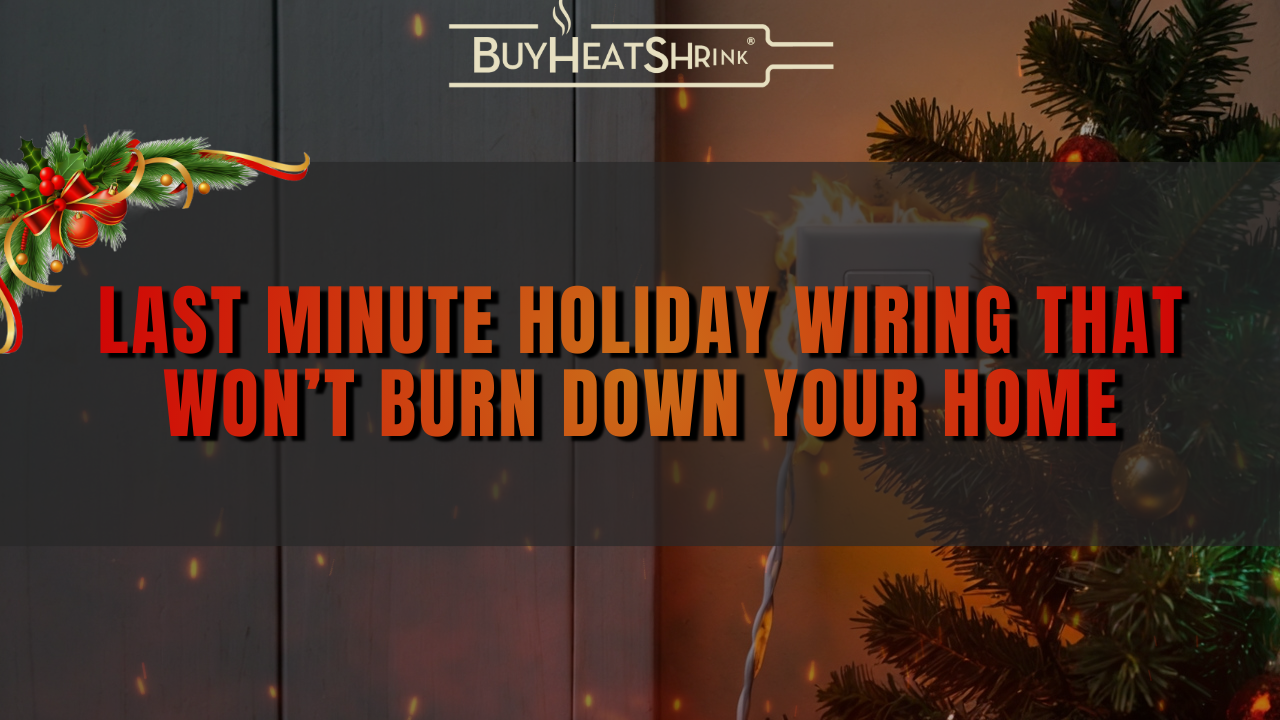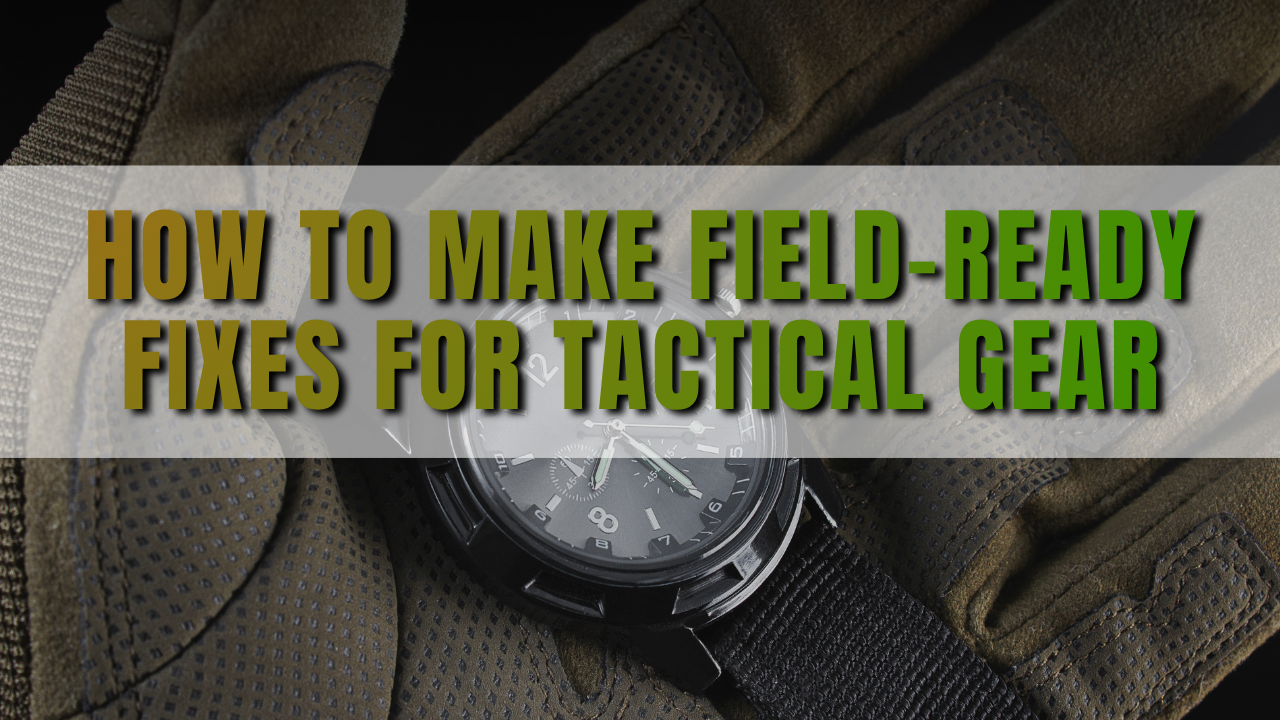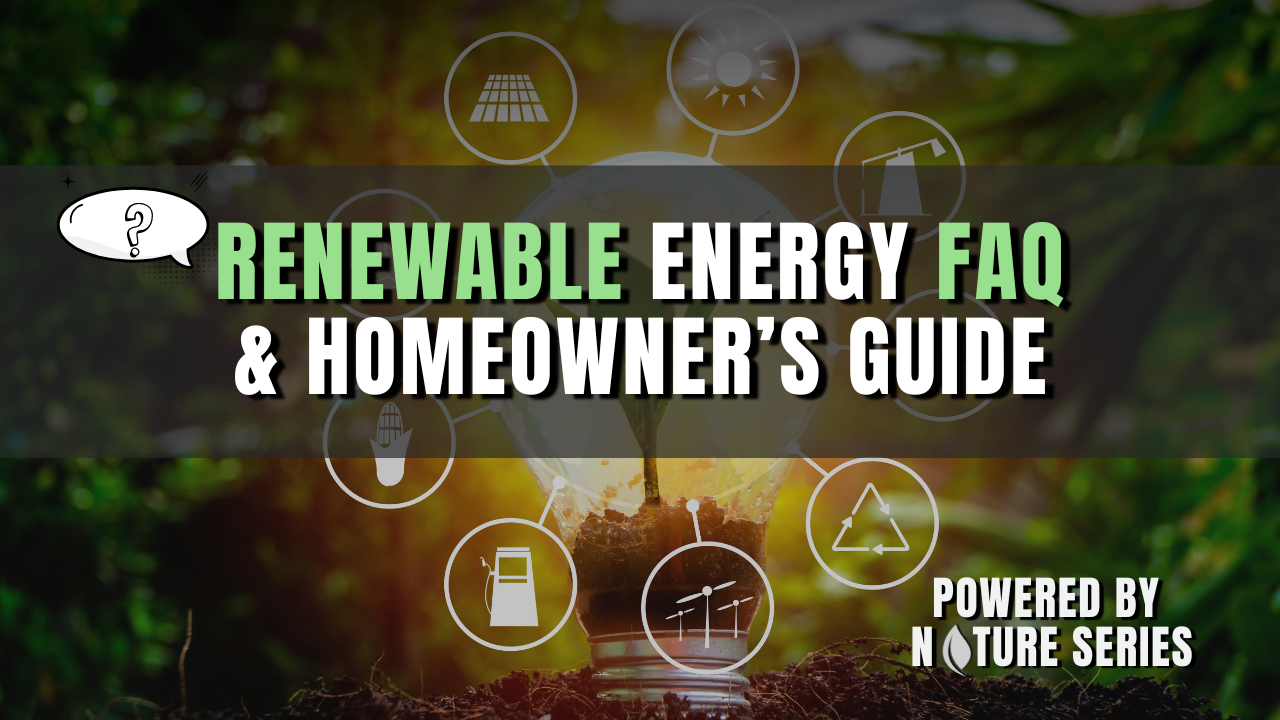How To Make Heat Resistant Wiring Easy
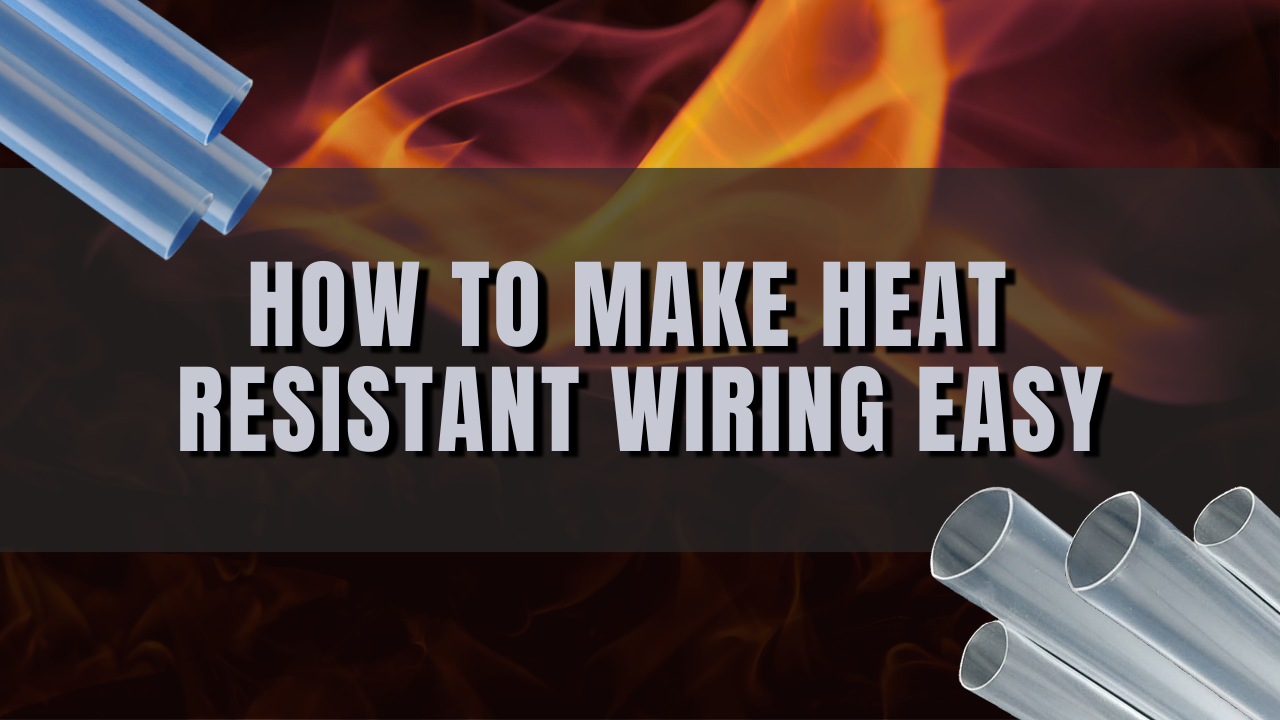
How To Make Heat Resistant Wiring Easy
Your wires are melting.
Sticky insulation. Cracked casing. Scorched sleeving. Whatever you bought that said it was heat-resistant, definitely wasn't. And now your wires are melting.
Standard wiring and basic insulation just can't hold up when things get hot. And if you're wiring with the wrong stuff, nothing good comes of it.
We aren't here to sell wire. We're here to show you how to build heat resistant wiring (with the right materials) that's safe, easy, and totally weekend-DIY approved.
Why Standard Wiring Fails in High-Heat Environments
You've been told that standard insulation is fine. That sleeving is optional. That "heat-resistant" means hot zone safe. That your wiring is sufficient. And your install is ready.
Most of it? Misleading. Just vague enough to keep you guessing, rebuying, and troubleshooting the same wires over and over. The language sounds technical. The label looks reassuring. And the problems come on slow and sneaky. What looks (or promises) to be "heat safe" rarely is. The real risk here isn't failure. It's fire.
Standard insulation was never meant for heat. Most off-the-shelf wire uses PVC or rubber insulation. These materials degrade around 80-105℃. That's barely hotter than a cup of coffee. In engine bays, industrial ovens, or even 3D printers, the ambient heat alone pushes past that threshold. And that's before you factor in current load.
The result? Sustained heat and thermal degradation. Plasticizers leach. Insulation softens and gets sticky. Wires sag. Over time, casings harden, crack, and fail. In tight installs, heat builds up even faster, accelerating the breakdown.
Then there's prolonged heat exposure. Some wiring just lives in heat. "Heat-resistant" doesn't usually mean continuous use. So wires may be labeled (or rated) for brief exposure, not long-term operation. What you see may be what you get, but only for a few minutes.
The stress on your wires is one thing. But the stress on your insulation? That's where the problems start. And now you're not just chasing a short. You're chasing every symptom it's caused. That's why you don't skip the protection.
What Survives The Heat and Why It Matters
Protection is what your wires need.
It's a jungle of "high-temp" wiring out there. Fireproof. Flame-rated. Voltage-specific. Spec-dependent. This blog isn't about fireproof wiring. And there's a big difference.
Heat-resistant means a material can survive elevated temperatures without melting, deforming, or breaking down. It's built to handle ambient heat, radiant heat, and even heat generated by electrical loads. But that doesn't mean it will survive a direct flame.
Fireproofing is a category of products that resist ignition and do not add fuel to a flame. If your wire casing is cracked, melted, or sagging--it's heat failure. Not fire exposure. That means you need stronger wire protection from heat. Time to up your game.
What you want is PTFE and silicone.
These materials survive lab tests for breakfast. They thrive in engine bays, solar setups, and high-friction installs. They are the most common, highest-performing options for heat-resistant wiring. And they represent two distinct buyer priorities:
- PTFE: For buyers thinking, "I need something that won't melt. Ever." For extreme heat, chemical exposure, and long-term installs, where rigid durability is required.
- Silicone: For buyers thinking, "I need something that bends, wraps, and installs easily." For tight spaces, friction-heavy zones, or DIY setups where flexibility is almost as important as heat tolerance.
These are the two materials most buyers will have to choose between. Especially in automotive, DIY, and maker spaces. So, let's look at what actually survives these high-heat installs and how to use it when your wiring is on the line.
Solve Melting Insulation with PTFE Heat Shrink Tubing
If your tubing is soft, sagging, or splitting, this is the upgrade that survives.
PTFE is Buyheatshrink.com's highest-temp option, rated from -454° to 500°F (-270 to 260°C). It's chemically resistant, flame-retardant, and engineered for installs where PVC melts, vinyl warps, and "heat-resistant" labels fall apart.
PTFE solves the "my insulation is melting" issue. It won't soften, deform, or crack under heat. It's built for places where temps build, space is limited, and breakdowns aren't tolerated.
What It Solves & Why It Matters
- Bulky joins or weird shapes? PTFE shrink tubing is available in 2:1 (standard wires) or 4:1 (irregular shapes)
- Install tip: *Requires a torch, not a heat gun, best for confident DIYers or techs
- Durability logic: Resists heat, friction, and environmental wear over time
- Misconception alert: Not all shrink tubing is equal. And PTFE is not overkill. It's in a survival class of its own.
- Heat vs. fire:
- Heat resistant: survives up to 260°C
- Not fireproof: flame-retardant (UL94 V0), resists ignition, but not immune to flame
- Why buyers choose it: PTFE survives where most materials fail. It seals under extreme heat, resists chemicals, conforms to joins, and maintains shape over time, making it one of the most trusted options for high-heat installs.
Find full specs and size options for PTFE heat shrink tubing. Or, for extra sealing power and 100% waterproof installs, opt for adhesive lined PTFE.
Solve Cracked Sleeving Silicone-Coated Fiberglass Sleeving
If your sleeving cracks, frays, or wears down from friction, this is the fit that flexes and holds.
The sleeving is made from silicone-coated fiberglass and is more flexible than PTFE. It hits the trifecta of buyer needs. It's easy to install, safe, and survives heat stress up to about ~200°C.
Average DIYers and casual builders love that it's unintimidating. Its versatility makes it a buyer-convenient way to solve multiple issues. Wrap once. Solves three problems: abrasion, radiant heat, and cracked sleeving. It's built for places where movement, friction, and heat make other sleeves fail.
What It Solves & Why It Matters
- Tight bends or awkward routing? Silicone sleeving wraps clean and flexes easily.
- Flexibility logic: Wraps easily and bends clean, so it works in tight spaces or motion-heavy installs
- Abrasion logic: Silicone coating protects against friction, movement, and surface wear
- Misconception alert: Silicone sleeving is "soft" but don't mistake its flexibility for fragility.
- Heat vs. fire:
- Heat resistant: rated to ~200°C
- Not fireproof: self-extinguishing, flame-retardant, but not designed for direct flame
- Why buyers choose it: Silicone sleeving bends without breaking, survives friction, and self-extinguishes under flame. It's chosen when motion is constant and abrasion is non-negotiable.
For a deeper dive into specs, ratings, and safety perks, explore silicone coated braided fiberglass sleeving.
Solve Abrasion + Radiant Heat Heat-Treated Fiberglass Sleeving
If your sleeving thins, rubs, or fails under radiant heat, this is the material that keeps its shape and outlasts the rest.
Heat-treated fiberglass sleeving isn't flashy. It's the sleeper hit of heat-resistant wiring, rugged and UL-rated to 240°C. This stuff is the backbone of high-heat installs. It lasts longer than silicone in harsher environments. And it's a more reliable solution for radiant heat and abrasion than braided sleeving.
This is the best option for beginners. It offers superior mechanical durability under stress, load, and extreme temps. It's also the only option that installs without heat, tools, or torches. Heat-treated fiberglass is forgiving, easy to use, and one of the most durable choices for heat-resistant wiring.
What It Solves & Why It Matters
- Need more durability in static zones? Choose from standard or heavy-duty wall thickness. That way, your sleeving survives ambient heat without cracking or thinning
- Cost logic: Most budget-friendly of the three. No coating. No shrinking. No heat required. Just slide it on and leave it for decades of performance
- Abrasion logic: Outperforms braided sleeving in resisting radiant heat and surface wear
- Misconception alert: Often overlooked in favor of silicone, but it survives longer in harsher settings
- Heat vs. fire:
- Heat resistant: UL-rated for 240°C+
- Not fireproof: flame-resistant, but not immune to combustion
- Why buyers choose it: Heat-treated fiberglass is chosen when ambient heat soars, abrasion is unrelenting, and flexibility isn't important. It maintains structural integrity over decades of use and prioritizes simplicity and consistent performance.
For full specs, wall thickness options, and voltage ratings, explore standard wall or heavy wall heat-treated fiberglass sleeving.
How To Build Heat Resistant Wiring at Home
The secret to heat-resistant wiring at home isn't one product. It's a system.
It's about real-world reasoning and smart product pairings that solve real failure modes. So we've mapped out the exact combos pros trust and DIYers need to beat the heat.
Use the equations below to solve common dangers, threats, and issues in heat-resistant wiring setups. Plus, each "Build it" section below shows you how to wire it right, at home, and in only three steps.
Engine bays: PTFE tubing + heat-treated fiberglass sleeving
What you're fighting: Radiant heat, vibration, and chemical or fuel splash that melts, frays, and snaps wires in or near hot vehicle engines
Build it:
- Slide heat-treated fiberglass sleeving over wire bundle
- Shrink PTFE tubing over exposed ends with a torch
- Secure with heat-stabilized ties away from heat zones
3D printers: Silicone-coated sleeving + heat-stabilized ties
What breaks first: Ambient heat and friction near heated beds will crack your sleeving and soften insulation.
Build it:
- Slide heat-treated fiberglass sleeving over wire bundle
- Shrink PTFE tubing over exposed ends with a torch
- Secure with heat-stabilized ties away from heat zones
Solar setups: PTFE tubing + strategic routing
What wears it down: UV exposure, summer heat, and long cable runs that degrade standard sleeving over time.
Build it:
- Use PTFE tubing over exposed connections
- Route cables through shaded or protected paths
- Anchor with heat-stabilized ties at junction points
ATVs: Silicone-coated sleeving + dual wall heat shrink
What wrecks powersport wiring: vibration, mud, and exhaust heat that scorches sleeving and snaps ties.
Build it:
- Wrap wire bundles in silicone-coated sleeving
- Add dual-wall heat shrink for weather-ready waterproofing
- Secure with heat-stabilized ties in low-abrasion paths
Industrial ovens: Heat-treated fiberglass sleeving + fixed routing
What breaks under pressure: Ambient heat and static paths create resistance that wears down coatings and softens sleeves.
Build it:
- Sleeve wires with heat-treated fiberglass
- Anchor with clamps or ties outside heat zones
- Use fiberglass at fixed points, not flex points, bends, or corners
Control panels: PTFE tubing + fiberglass sleeving for coil wraps
What overheats first: Tight coil wraps and heat buildup that deform tubing and crack sleeving.
Build it:
- Use PTFE tubing for exposed leads
- Wrap coils with fiberglass sleeving
- Secure with heat-rated ties or clamps
Robotics arms: Silicone-coated sleeving for flex + friction zones
What ruins robotic wiring: Constant movement, friction, and radiation heat that liquifies tubing and splits sleeves.
Build it:
- Use silicone-coated sleeving for flex zones
- Route wires through low-friction paths
- Bundle with heat-stabilized ties that won't snap
Outdoor enclosures: PTFE tubing + adhesive lining
What breaks down outside wiring: Sun, rain, freeze/thaw cycling, and ambient heat that weaken and degrade your installs.
Build it:
- Seal exposed leads with waterproof adhesive-lined PTFE tubing
- Route wires through covered or gasketed enclosures
- Anchor with weatherproof, rustproof stainless steel ties
Bonus tip: Don't skip the heat-stabilized cable ties!
You'll find heat-stabilized cable ties in nearly every combo. And that's no accident.
Standard nylon ties aren't made for heat resistance. They melt, snap, and fail. High-temperature cable ties survive friction, vibration, and extreme temperatures.
Or upgrade to stainless steel cable ties for ultimate heat-resistant (and fireproof) protection. Heat-stabilized cable ties are the final layer to every solution.
Build It Like It Matters
Heat-resistant wiring isn't complicated. But it's easy to get wrong.
Whether you're chasing performance or trying to avoid a meltdown, the right heat-resistant sleeving, tubing, and ties make all the difference.
From PTFE and silicone-coated fiberglass to adhesive-lined waterproofing and heat-stabilized cable ties. These are the right materials built into the right products. No fluff. No fail. No misleading labels.
Your wiring shouldn't be the weak link. Build it like it matters. And it'll survive like it should.
Performance starts at the wire. Protect yours at BuyHeatShrink.com.





